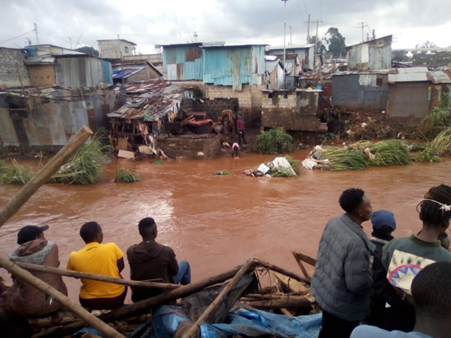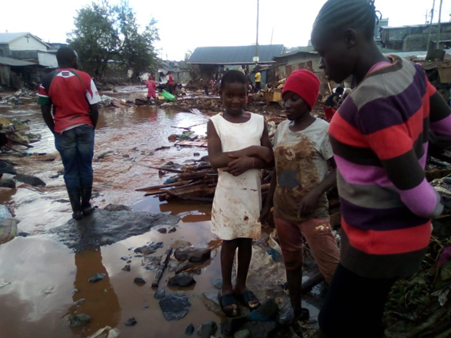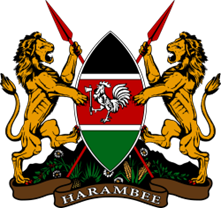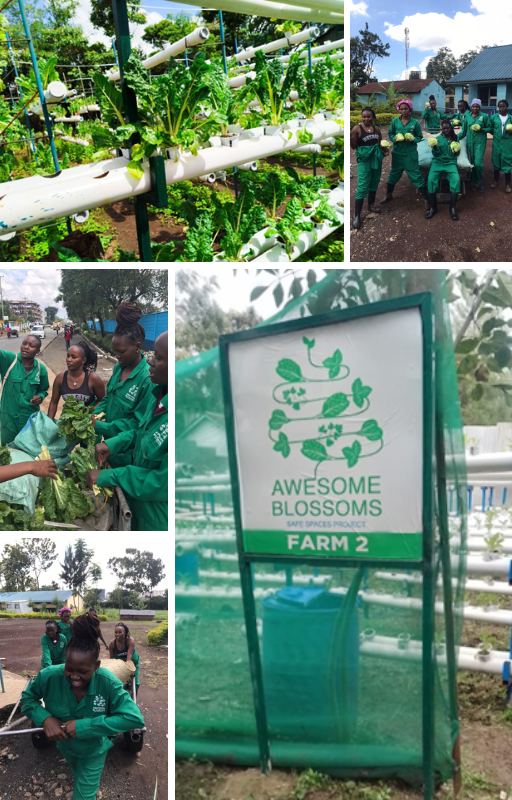by Loretta A. Simon Helms, M.S.Ed., AWC Amsterdam
Introduction from the Human Rights Team: We are proud to present this article from Loretta Simon Helms, a long-time supporter of Safe Spaces. In Kenya, drought forced rural people to migrate to the urban city of Nairobi seeking a better life. However, with climate change patterns, the same people are displaced and are now in dire need due to severe flooding by the Mathare River. In 2023, The European Parliamentary Research Service published a briefing on the definition of the term “climate refugee.” Currently, climate cannot be cited as a reason for seeking asylum or refugee status, although the 2018 Global Compact for Migration, in its second objective, cites climate as a potential reason for migration. While the EU has not formally recognised “climate refugees,” it has expressed growing concern and has taken action to support and develop resilience in countries most vulnerable to climate-related stress.1 Loretta shares with us how the FAWCO Target Project Awesome Blossoms is leading the way towards community flood resilience with an innovative hydroponic farming solution.
The Mathare Valley is located in the Eastlands of Nairobi, Kenya. It’s the oldest and second largest urban slum in Kenya after Kibera. Like other Nairobi slums, Mathare grew as a result of massive rural-to-urban migration. Drought was a major driver of rural refugees, who were unable to grow their crops or feed their livestock. The unplanned nature of the structures and lack of overall planning have created significant challenges for the community. The haphazard arrangement of structures, the lack of public infrastructure investment, and the lack of public services has resulted in many structures that are disconnected from power, water and even roads.2
The environment in Kenya is a semi-arid/arid climate. The combination of global warming with aggressive deforestation (one-quarter of the 400,000-hectare Mau Forest, Kenya’s largest, has been destroyed) has spoiled much of the farmland, leaving it unproductive and vulnerable to flooding. With Spring’s heavy rains, the hard, dry ground cannot absorb a large amount of water – a perfect scenario for flooding. This has been a recurrent cycle in Kenya for many years. Adding to the health problems, the Mathare slum areas have open sewage systems. When it floods, these systems overflow, creating an enormous health hazard.
Since the wet season began in March, Kenya has seen some of its most catastrophic weather in years. The recent flooding in Nairobi in March and April of 2024 left 289 people dead, 70 people missing, and over 212,000 people displaced.3 Several roads in Mukuru and Mathare were rendered impassable by the floods, disrupting the food supply chain, as food suppliers and vendors could not get their products to the markets. Furthermore, the floods prevented some of the residents from accessing eateries, causing them to go hungry for days.4


However, the resilience of the Kenyan people remains intact. Where does this strength come from? It comes from the idea of “Harambee.”
That is what’s left amidst all of the destruction: loss of life, loss of homes, difficulty accessing healthy food, and the immediate risk of waterborne diseases.
Harambee means “pulling together” in Swahili. This phrase was introduced by the first president of Kenya, Jomo Kenyatta. It even appears in the Kenyan coat of arms. Harambee means that the responsibility of building a country lies within the cooperation of its people.
In April of 2017, I went to Nairobi with a few other colleagues, to provide educational support activities to Safe Spaces, an organization aimed at helping the girls of the Eastland slums. Many of these girls are children of climate refugees. The program is directed by Peninah Nthenya Musyimi. She is also the director of Awesome Blossom Project, our Target Project. Spending time with Peninah over the years, I have come to realize she is the embodiment of “Harambee.”
During the flooding, Peninah met the daily flood challenges, leading the Awesome Blossoms team with incredible perseverance. Peninah maintained this high motivational level, enabling them to continue with their work. As the flooding continued, the work at the Awesome Blossoms farms did not stop. When the van could no longer be driven, they hired a kayak to sell the produce. How fortuitous that Awesome Blossoms is our Target Project and we are able to help so many! The innovative terraced gardens built with FAWCO funds were able to escape flooding damage.
In Peninah’s own words, “the community is very badly affected. Two of our Safe Spaces partner schools are destroyed completely, but Our Lf Awesomady of Mercy and the farms are safe.” Of course, in turn, Awesome Blossoms – with Peninah at the helm – was providing much-needed support to her community. “The rain – and the flooding – still continues. Safe Spaces is deeply involved in assisting affected community members. In the midst of all this, the work of Awesome Blossoms goes on. We harvested 50 kg of spinach and 30 bunches of lettuce today and sold all of them. The peer educators are doing the sales.”
With the spirit of Harambee promoted by Peninah within the Awesome Blossoms team, the innovative hydroponic farms, and the support from FAWCO, we are witnessing a success story: a story that involves deepening solidarity, meeting challenges fearlessly, and adaptability to an evolving environment.
Brava to the Awesome Blossoms team, Peninah and the entrepreneurs – truly unexpected heroes!

Photo credits: Peninah Nthenya Musyimi
References:
1 “The concept of ‘climate refugee’: Towards a possible definition” | European Parliament Briefing, October 2023
2 “The History of Mathare: How Mathare Began” | Mathare Slums Community Association (MaSCA)
3 “Death toll from Kenya floods rises to 228” | Reuters, May 5, 2023
4 “Rising Above the Floods: Stories of Strength from Mukuru and Mathare” | TMG Think Tank for Sustainability, May 24, 2024

